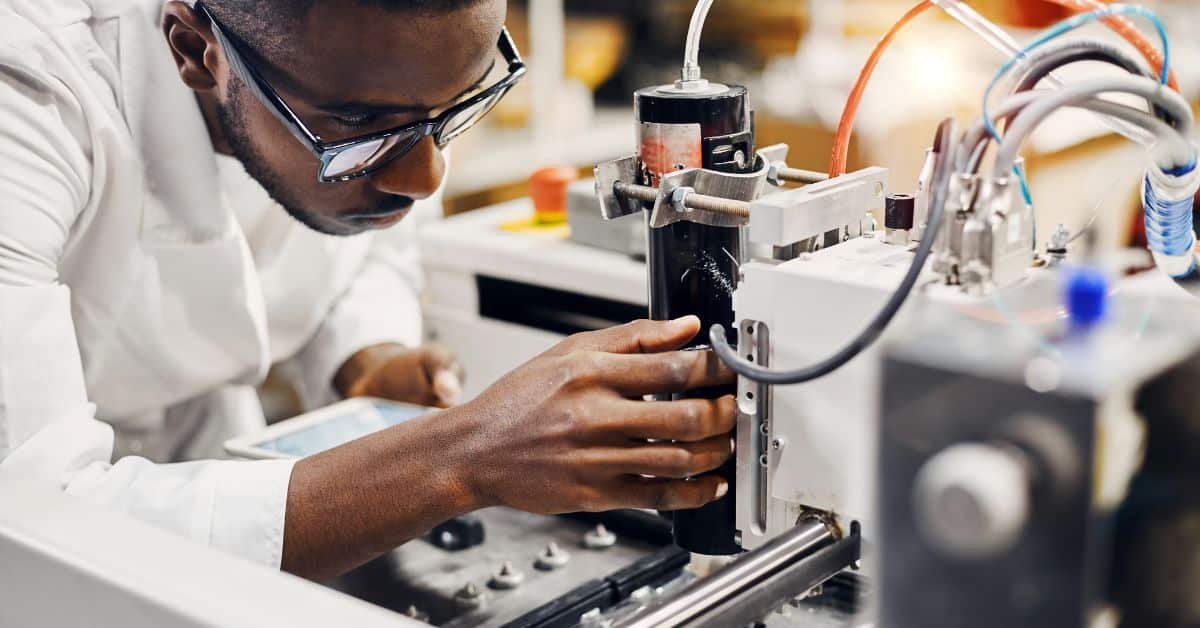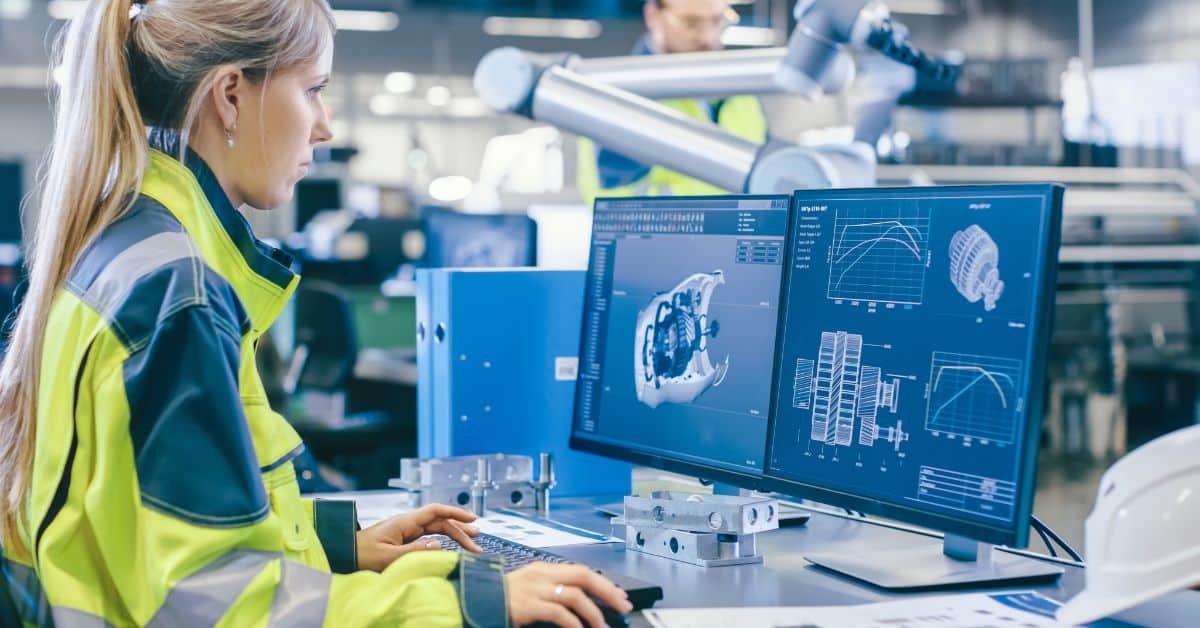The manufacturing sector continues to evolve with rapid technological advancements. Industrial automation and data exchange redefine how products get designed, created, and distributed. Staying informed about the trends shaping the manufacturing tech landscape allows businesses to maintain a competitive edge and optimize their operations for future growth.
From smart factories to digital twins, technology reshapes the industry. The following five trends show the direction of manufacturing’s digital transformation.
1. Industrial Internet of Things
The Industrial Internet of Things (IIoT) encompasses a network of interconnected sensors, instruments, and various devices within industrial environments. These devices systematically gather and disseminate data, providing a real-time overview of manufacturing processes.
Such connectivity facilitates predictive maintenance, wherein machinery issues notify operators prior to failure occurrences. This proactive strategy minimizes downtime and reduces repair costs. IIoT also improves operational efficiency by providing detailed data on every aspect of the production process.
2. Artificial Intelligence and Machine Learning
Artificial Intelligence(AI) and machine learning algorithms analyze extensive datasets produced by Industrial Internet of Things (IIoT) devices. This analysis reveals patterns and insights that human operators might overlook. In the manufacturing sector, AI has the capacity to optimize supply chains, forecast demand with enhanced accuracy, and automate quality control inspections.
Machine learning models continuously refine their performance, leading to ongoing improvements in production efficiency and product quality. This technology supports more intelligent and autonomous manufacturing operations.
3. Digital Twins
A digital twin is a virtual model of a physical object or system. This technology allows manufacturers to simulate, predict, and optimize the performance of products and production processes in a virtual environment.
By creating a digital replica, companies can test changes and scenarios without affecting physical operations. For example, a digital twin of a production line can identify potential bottlenecks or inefficiencies before they happen. This capability shortens development cycles and improves the design of products and systems.
4. Advanced Robotics and Automation
Robotics in manufacturing is not new, but today’s robots are more advanced. Collaborative robots, or “cobots,” work alongside human employees on complex tasks, combining human dexterity with machine precision.
Automation extends beyond the assembly line to logistics and inventory management, with autonomous mobile robots (AMRs) transporting materials within a facility.
Quick Tip:
Before making an investment, it’s beneficial to review what to consider before buying a CNC machine to align the technology with your specific production needs.
5. Additive Manufacturing
Also known as 3D printing, additive manufacturing builds objects layer by layer from digital files. This method offers manufacturers greater design freedom and allows for the creation of complex geometries that traditional methods cannot produce.
It also speeds up prototyping and enables on-demand production of spare parts, reducing inventory costs. As materials and printing speeds improve, additive manufacturing is becoming a viable option for full-scale production in several industries.
These trends shaping the manufacturing tech landscape highlight a move toward more connected, intelligent, and automated factories. By adopting these technologies, manufacturers can build more resilient and efficient operations. The integration of these tools will continue to drive innovation across the sector, creating new opportunities for growth and improvement.
Explore more articles:
How to Upgrade Tech without Harming the Environment
Technology Ideas to Incorporate at Your Next Trade Show

I am the Senior Editor at CIO TechWorld. With over a decade of experience in the media and publishing industry, I specialize in research and collaborate with technology companies to bring their stories to life. Explore my articles on CIO TechWorld, where I offer unique perspectives on technology topics.








